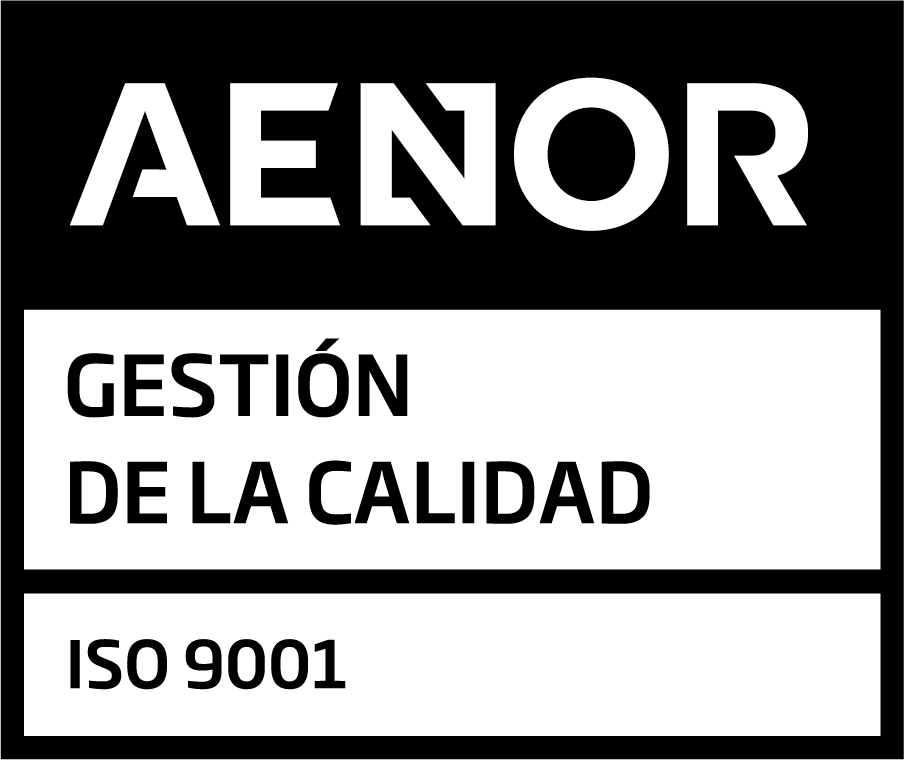This book is the first to provide a critical, updated, and comprehensive study of the evolution of the freedom of establishment for companies through a systematic analysis of cross-border mobility within the internal market following Directive (EU) 2019/2121 of the European Parliament and of the Council of 27 November 2019, amending Directive (EU) 2017/1132 regarding transformations, mergers, and divisions.
This volume provides an up-to-date, comprehensive and critical analysis of the evolvement of the freedom of establishment for companies, including a systematic approach to cross-border mobility in the internal market after Directive (EU) 2019/2121 of 27 November 2019 amending Directive (EU) 2017/1132 as regards cross-border conversions, mergers and divisions. The book Freedom of Establishment and Cross-Border Mobility of Companies in the EU aims at offering insightful coverage of the harmonized regime on cross-border conversions, mergers, and divisions.
Part I assesses the current state of development of the freedom of establishment and anticipates the path forward in terms of market integration. Chapters 1 to 4 cover the different sides of the freedom of establishment of companies both from a ratione materiae (Chapters 1 and 2) and ratione personae (Chapters 3 and 4) perspective. Against the backdrop of Part I, Part II thoroughly examines Directive (EU) 2019/2121. All three operations –cross-border conversions, mergers, and divisions– are considered. Chapters 5 and 6 are devoted to cross-border conversions. Chapters 7 and 8 separately investigate cross-border mergers and divisions. The book also reviews each of the stakeholder protection mechanisms contained in Directive (EU) 2019/2121, namely, creditors (Chapter 9), shareholders (Chapters 10 and 11), and employees (Chapter 12).
The books is addressed at scholars, advanced students, practitioners, and policymakers both at the EU and at the domestic level. Any interested party in the field of company law, in the evolvement of the freedom of establishment, and that of the internal market as a whole may find it valuable.
Functional and Comparative Analysis of Cross-border Transformation, Merger, and Division
Dual perspective, first evaluating the freedom of establishment in its current configuration, and then examining each of the relevant aspects concerning the new regulation of the three cross-border company mobility operations.
PART I
FREEDOM OF ESTABLISHMENT OF COMPANIES IN THE EU
Chapter 1. THE CROSS-BORDER MOBILITY DIRECTIVE AND CONFLICT OF LAWS – PLEASE MIND THE GAP
I. Introduction
II . Jurisdictional Rules of the Directive
III. Conflict-of-Laws and the Cross-Border Mobility Directive
IV. Future Perspectives
V. Conclusion
Chapter 2. COMPANY & INSOLVENCY LAW PERSPECTIVES ON A CHOICE OF LAW FOR LIMITED LIABILITY COMPANIES
I. Introduction
II. The European Legal Framework
III. The Scope of The Law of Companies. Between Solvency and Insolvency
IV. Recapitulation. Grounds for Developing a Doctrine on The Law Applicable To Creditor Protection
Chapter 3. FIGHTING LETTER-BOX COMPANIES WITH AN ANTI-ABUSE MECHANISM INTRODUCED BY DIRECTIVE 2019/212 AMENDING DIRECTIVE (EU) 2017/1132 AS REGARDS CROSS-BORDER CONVERSIONS, MERGERS AND DIVISIONS
I. Introduction
II. Corporate Law and Regulatory Arbitrage
III. Brief Taxonomy of LBCs (Ab)uses in Cross-Border Restructurings
IV. Non-Company Law Rules Concerning Abusive LBCs
V. New Law on Cross-Border Corporate Restructurings
VI. Conclusions
Chapter 4. MUCH ADO ABOUT PROFIT? – ON THE PERSONAL SCOPE OF FREEDOM OF ESTABLISHMENT
I. Introduction
II. The For-Profit Requirement and Its Conceptual Framework
III. Afunctional Approach to Profit as an Autonomous Concept of EU Law
IV. Profit within the System of Fundamental Freedoms of the Internal Market
V. Policy Implications for the Freedom of Establishment for Companies and Firms
VI. Conclusions
PART II
CROSS-BORDER CONVERSIONS, MERGERS AND DIVISIONS IN THE EU
Chapter 5. CROSS-BORDER CONVERSIONS UNDER THE LEGAL FRAMEWORK INTRODUCED BY THE DIRECTIVE (EU) 2019/2121: SELECTED ISSUES
I. Introduction
II. Key Characteristics of the Cross-Border Conversion
III. Minimum Substantive Safeguard for Minority Shareholders
IV. Anti-Abuse Mechanism
V. Concluding Remarks
Chapter 6. ON THE EVE OF THE TRANSPOSITION OF THE MOBILITY DIRECTIVE INTO MEMBER STATE LAW – A GLIMPSE BACK AND FORTH FROM A GERMAN AND AUSTRIAN PERSPECTIVE
I. Introduction
II. Cross-Border Conversions and Underlying ECJ Case Law
III. Accepted Principle and Controversial Details
IV. Relevance of Mobility Directive (EU) 2019/2121 before Expiry of the Transposition
V. Concluding Remarks
Chapter 7. THE NEW REGIME FOR CROSS-BORDER MERGERS UNDER DIRECTIVE (EU) 2019/2121
I. A«Significant Milestone in Improving the Functioning of the Internal Market»
II. Main Deficit of the Old Regime: A Confusing Pattern of Stakeholder Protection Rules
III. The Cornerstones of the New Harmonisation of Stakeholder Protection
IV. Partnerships – Still Left Out, Art. 118 Old as New CLD
V. Conclusion: A Significant, But Still Not Sufficient Improvement
Chapter 8. POSSIBILITIES AND PROCEDURAL ASPECTS OF EU CROSS-BORDER DIVISIONS
I. Introduction: Legal and Judicial Background
II. General Overview: The Scope of the New EU Legal Framework for Cross-Border Divisions
III. Preparation of the EU Cross-Border Division
IV. Approval by the General Meeting
V. Execution of the EU Cross-Border Division
VI. Final Remarks
Chapter 9. CREDITOR PROTECTION IN CROSS-BORDER CONVERSIONS, MERGERS AND DIVISIONS: THE HARMONISED EU REGIME
I. Introduction
II. The Directive Rules on Creditor Protection
III. How Cross-Border Conversions, Mergers and Divisions May Harm Creditors
IV. Are The Protections Set Forth in the Directive Justified?
Chapter 10. MINORITY SHAREHOLDER PROTECTION IN CROSS-BORDER CONVERSIONS, MERGERS AND DIVISIONS
I. Introduction
II. Shareholder Protection Model
III. Protection Mechanisms in a Broader Sense
IV. Protection Mechanisms in a Narrower Sense
V. Conclusion
Chapter 11. THE EXIT RIGHT OF SHAREHOLDERS IN CROSS-BORDER CONVERSIONS, MERGERS, DIVISIONS
I. Introduction
II. Members’ Risks
Chapter 12. EMPLOYEE PARTICIPATION IN EU CROSS-BORDER COMPANY MOBILITY
I. Introduction
II. Policy Options on Codetermination in Cross-Border Operations
III. Scope of Application of EU Codetermination Rules
IV. Codetermination’s Legal Alternative

